Put simply, FEA is a way of simulating how a design behaves when subjected to loads, temperatures and impacts.
Raymont-Osman is not just a design agency; our team is made up of individuals from a range of disciplines from Electronics and Software to Industrial Design, Styling and Mechanical and Manufacturing Engineering. We don't just design products that look great on paper: we actually make them work.
FEA forms part of the general simulation process that should be conducted prior to manufacture, to ensure the viability of a design. It is also a key step in the iterative loop that ensures that any flaws are detected before a client has spent budget on tooling or even prototyping.
Finite Element Analysis, or FEA for short, is a form of design simulation which typically involves numerically solving a range of equations generated from Engineering and Mathematical modelling. In terms of effective product design, common areas for FEA often include: structural analysis, heat transfer and stress analysis. Through breaking down complex geometry into smaller, simpler elements and calculations, Engineers are able to apply factors to make allowances for corners, stress concentrators, weld detail and more. Elements can also be made smaller and smaller to achieve more accurate results, although this increases the solving time.
Using computers allows our engineers to solve the maths associated with a potential design concept quickly: this could involve literally millions of calculations! During this process, a CAD model is converted into a 'mesh', the size of which can be defined. The finer the mesh, the more accurate the results, but the slower the FEA runs. Where more complex geometry is involved or a specific area of a design needs to be investigated, we will use a finer mesh.
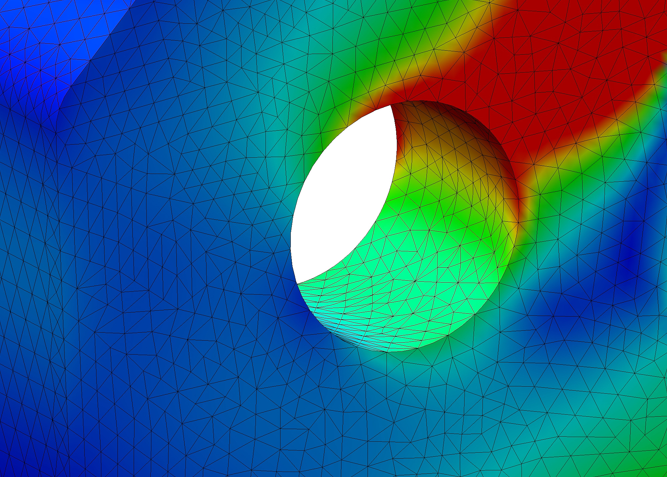
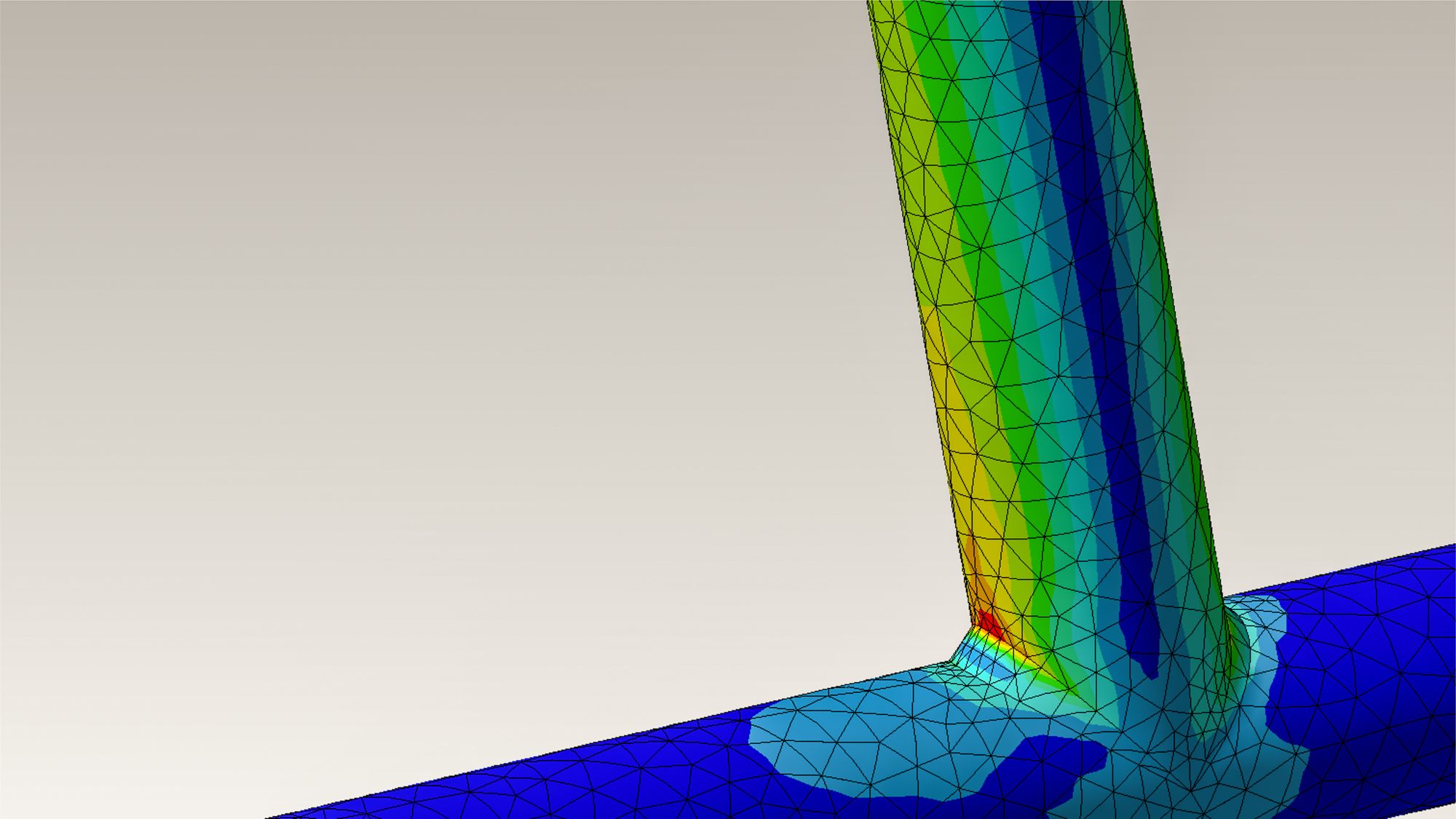
What are the benefits of FEA?
FEA allows us to calculate whether a potential product is strong enough before it is made. During the subsequent refinement stage (see article 'Closing the Iterative Loop'), the design can be optimised - strengthened where it is weak or excess material removed where it is excessively strong....usually both. In reality, for our client, this means a more compact, lighter weight, more sustainable product, made using less material. These small improvements have knock-on benefits including the requirement of less energy during the manufacturing process, faster manufacturing times and cheaper transport costs. All of which impact the bottom line and maximise profit margins.
In terms of good design, a little goes a long way and FEA is a crucial step in a product's journey.
Raymont-Osman FEA case studies:
Aston Martin DB11 clamshell bonnet mechanism
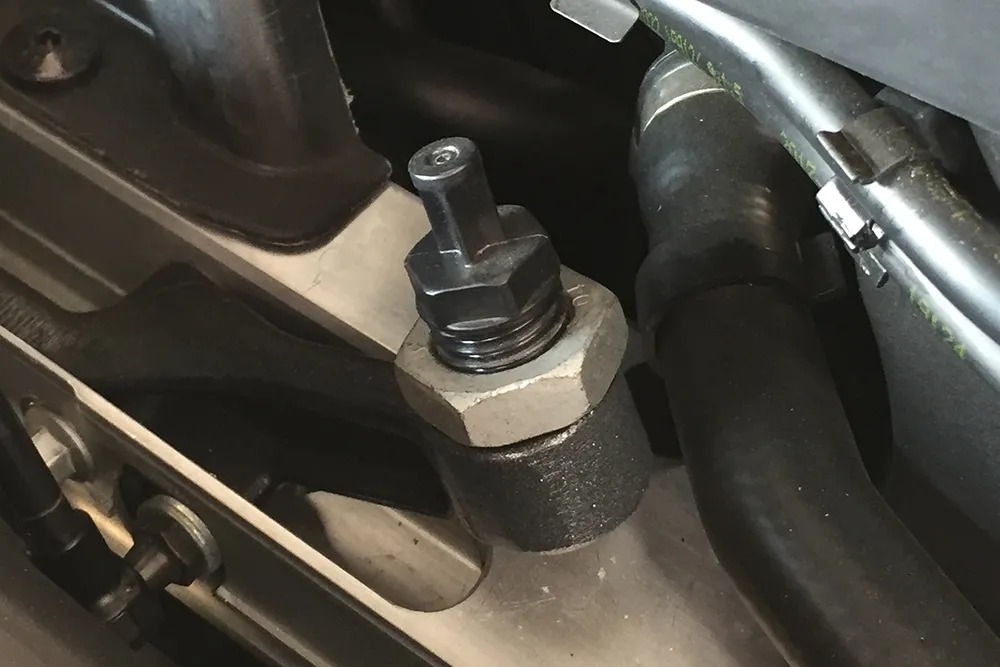

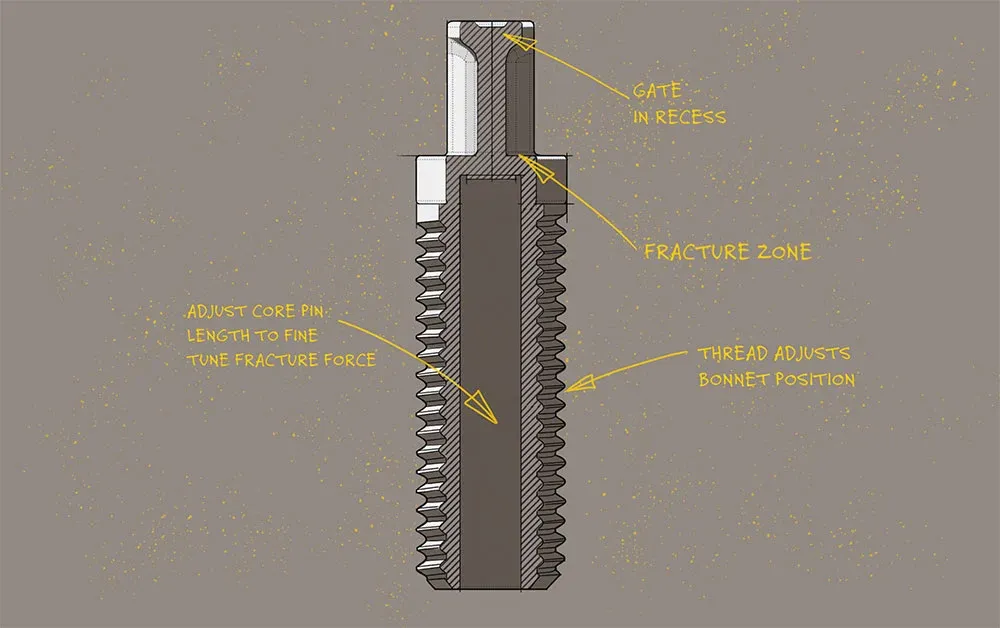
Raymont-Osman designed a crucial, patented safety component for the Aston Martin DB11. Here, FEA proved crucial in ensuring the part failed at precise loads to protect pedestrians on impact.
Speedo – Fastskin Pure Focus Goggles
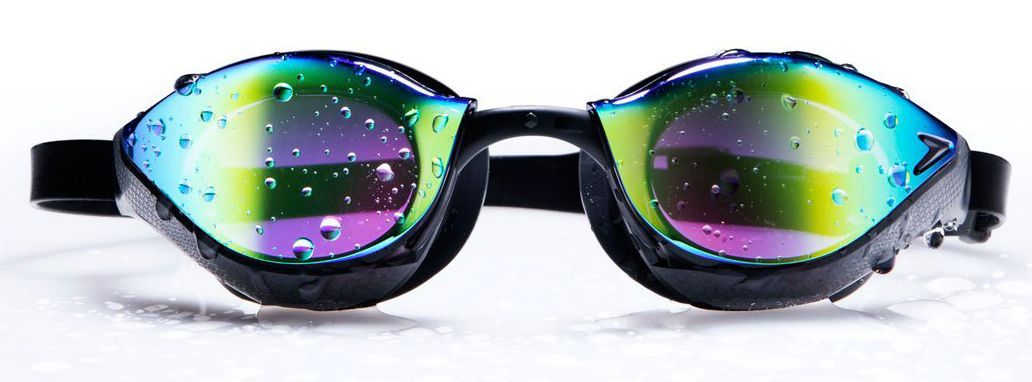
Is the nose-bridge strong enough to counter the forces exerted on it or is it likely to snap when put under pressure? How long will the injection tooling last? How many times will the straps withstand tightening?
Raymont-Osman used FEA to find out.
